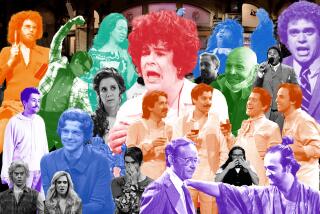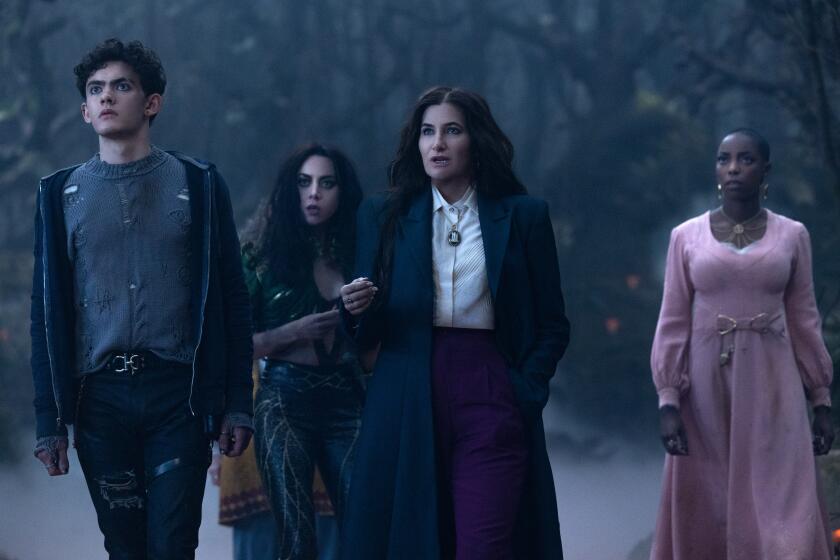At the Phil, a cool combo lacks heat
Herbie Hancock and the music of George Gershwin make an intriguing combination -- at least in theory. Hancock is a classically trained pianist-composer, as was Gershwin. Hancock’s playing and composing invest jazz with the craft and precision of classical music. Gershwin played jazz impromptus at every opportunity, and was the first composer to bring the full panoply of jazz and blues to classical music.
All of which should have made for a compelling evening at Disney Hall on Saturday night, when Hancock appeared with the Los Angeles Philharmonic. As it turned out, Gershwin’s presence was considerably less than pervasive.
For the record:
12:00 a.m. May 5, 2004 For The Record
Los Angeles Times Wednesday May 05, 2004 Home Edition Main News Part A Page 2 National Desk 1 inches; 33 words Type of Material: Correction
Jazz bassist--The bassist who accompanied pianist Herbie Hancock in concert Saturday at Walt Disney Concert Hall was misidentified as Scott Colley in a review published Monday in Calendar. Dave Carpenter was the bassist.
The opening half of the program, titled “Gershwin’s World,” featured music from Hancock’s Grammy-winning album of the same title. But the selections were slim in number, including only four Gershwin works, along with a Bach fugue, Duke Ellington’s “Cottontail” and W.C. Handy’s “St. Louis Blues.”
The first Gershwin piece, “Fascinating Rhythm,” was almost unrecognizable in a setting for piano trio and orchestra conducted by arranger Robert Sadin. (“We changed a few things,” said Hancock.)
“Lullaby” and one of the Gershwin “Preludes,” with their rich harmonies, were presented in atmospheric Sadin orchestrations that allowed Hancock’s arching keyboard melodies to float above lush string section textures. And the classic song “Someone to Watch Over Me” was rendered in a trio interpretation, with Hancock accompanied by bassist Scott Colley and drummer Richie Barshay.
Strangely and ironically, what was missing from the Hancock-Gershwin numbers was a real sense of the improvisational passion and rhythmic propulsion that clearly drew each artist to jazz in the first place. One could hardly argue with the technical quality of the performances, either from Hancock and his trio or the Philharmonic, all of whom performed with great musical clarity. But spirit and enthusiasm -- even romance, in the case of the slower numbers -- were rarely evident.
It wasn’t until the second half of the program, titled “Maiden Voyage,” that the cool musical atmosphere began to warm with performances of Hancock’s “Maiden Voyage” and Wayne Shorter’s “Nefertiti” (in a perceptive orchestral arrangement by Sadin). Even then, however, it was in the smaller numbers -- a powerfully rhythmic “Actual Proof” energized by Barshay’s drumming and a lovely solo piano rendering by Hancock of his “Dolphin Dance” -- that the music, and the evening, came fully, emotionally alive.
More to Read
The biggest entertainment stories
Get our big stories about Hollywood, film, television, music, arts, culture and more right in your inbox as soon as they publish.
You may occasionally receive promotional content from the Los Angeles Times.










